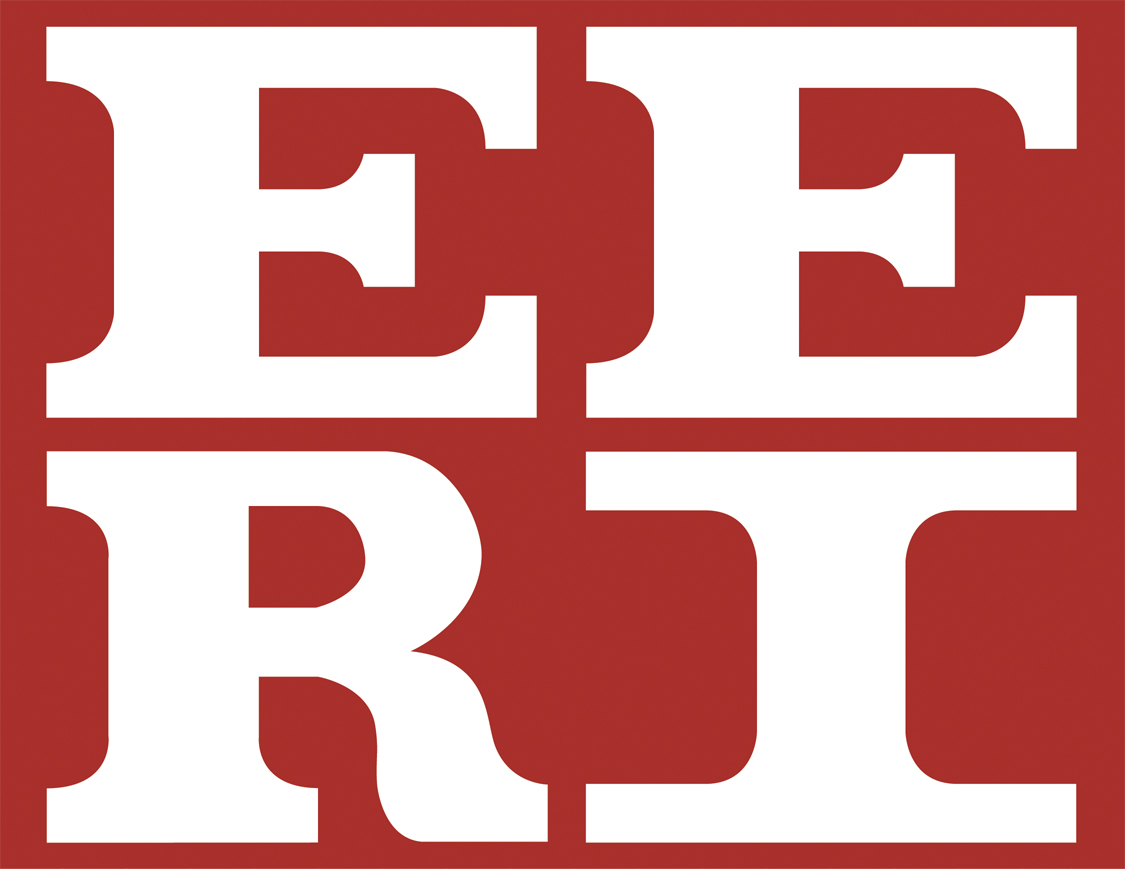The Concrete Coalition is a network comprised of individuals, governments, institutions, and agencies with an interest in assessing and mitigating the risk associated with dangerous non-ductile concrete buildings. There is a lack of in-depth information available for building officials, public policy makers, and the general public regarding the level of risk associated with these buildings. The Concrete Coalition has taken initial steps in addressing this deficiency by using volunteers to conduct inventories in California communities, and combining these estimates with a regression model to make state-wide estimates (see Final Report), by developing a database of case histories documenting performance of concrete buildings in past earthquakes, and by working with engineers and officials in the pilot cities of San Francisco and Los Angeles to develop a tool kit that can help in understanding the problem. These actions aim to provide resources to facilitate seismic safety programs in vulnerable regions.
Network
Beyond this intermediate milestone of consolidated and improved data, an even more valuable product of this effort is the resulting “network” of individuals and organizations who share a common interest in finding dangerous concrete building and fixing them. he network that will be created through this project will be a valuable tool that can provide guidelines, checklists, and other assistance. There is important technical work being done by PEER, ATC, and others to identify truly dangerous buildings and fix them with economical retrofits. The network will provide a two-way conduit — gathering information on the needs and distributing practical results. Sample ordinances, public policies, and creative ideas for funding and financing retrofits can also be developed and shared through this mechanism.
The Concrete Coalition is a program of the Earthquake Engineering Research Institute, the Pacific Earthquake Engineering Research Center at UC Berkeley, the Applied Technology Council and their partners, including the Structural Engineering Association of California, the American Concrete Institute, BOMA of Greater Los Angeles and the U.S. Geological Survey.
Funding support for the project has been provided by the California Office of Emergency Services, the Federal Emergency Management Agency and the U.S. Geological Survey.
